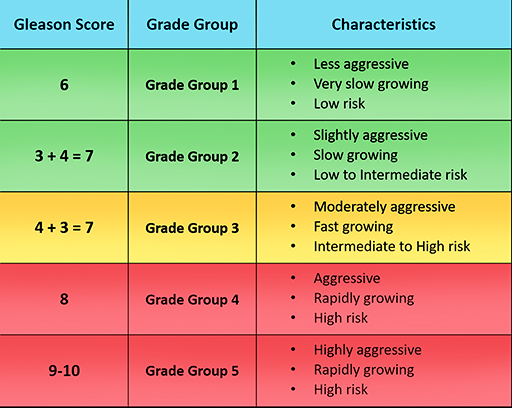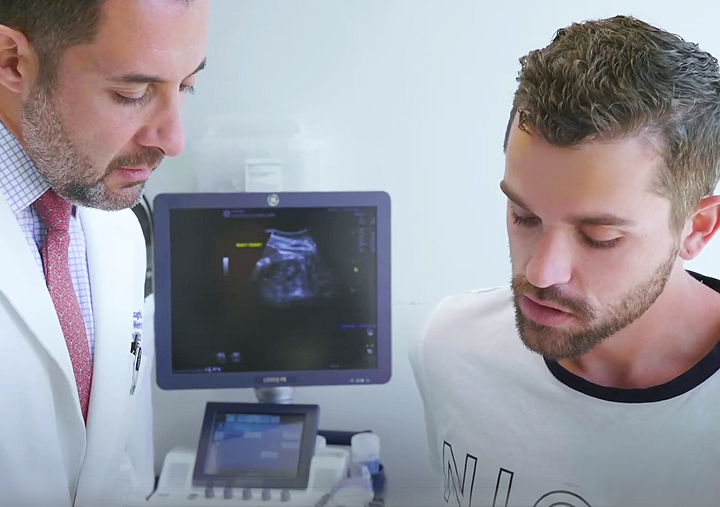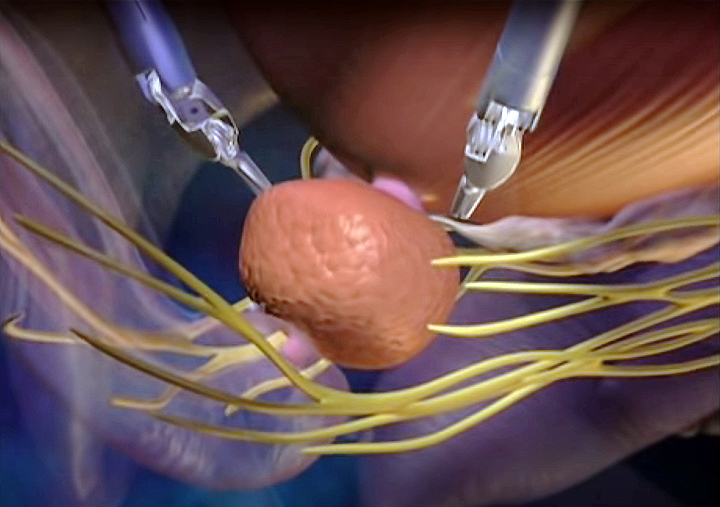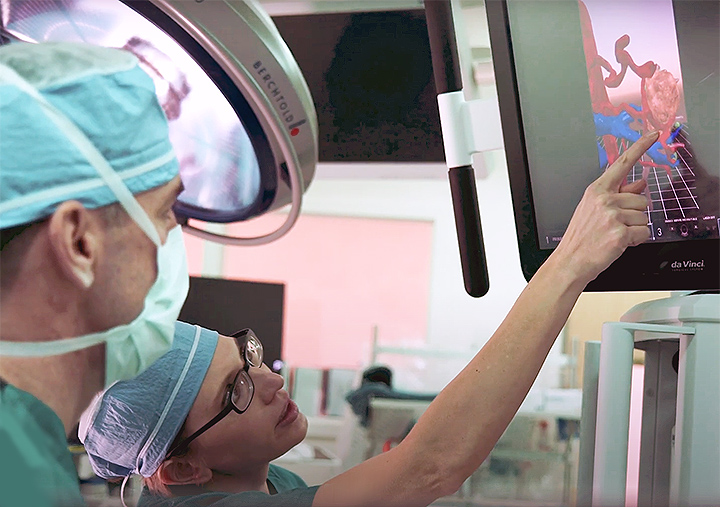A Multidisciplinary Approach to Urology Care
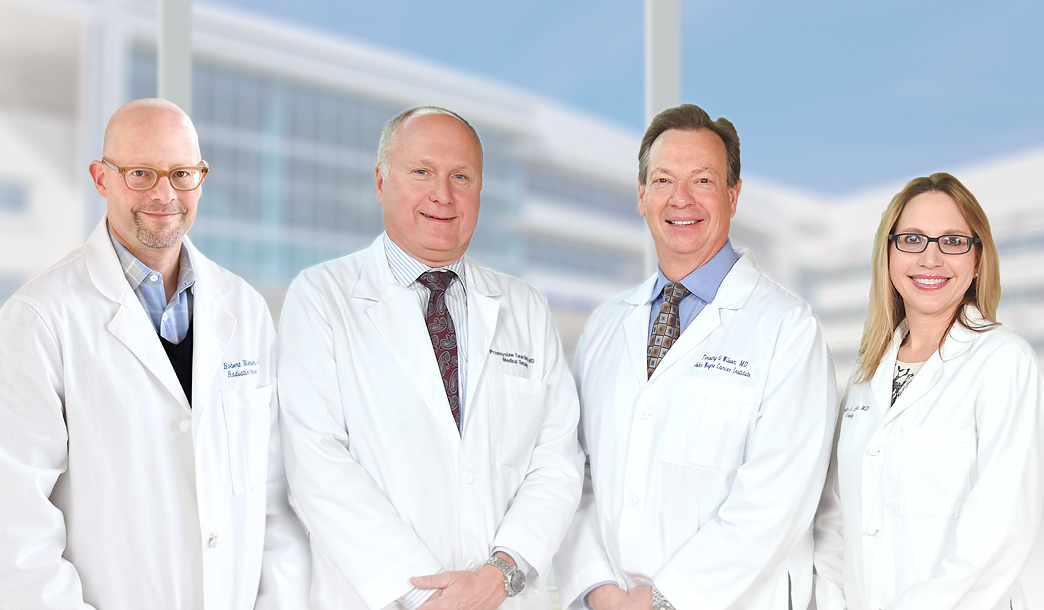 With our multidisciplinary team of urologists and urologic oncology experts, we ensure that our patients have access to greater treatment options, improved clinical outcomes, and answers to all their questions. We believe those answers are best when provided by a robust, highly experienced group of physicians who are all focused on your needs as patient
With our multidisciplinary team of urologists and urologic oncology experts, we ensure that our patients have access to greater treatment options, improved clinical outcomes, and answers to all their questions. We believe those answers are best when provided by a robust, highly experienced group of physicians who are all focused on your needs as patient
During active surveillance, a urologist monitors cancer conditions in the prostate over longer periods of time. They oversee the process and continue to reevaluate prostate health and the progress of cancer growth. They worth with other specialists to perform tests and imaging so that that conditions and measurements are routinely collected.
What does it mean to be Low-risk?
Prostate cancer tends to progress differently than other cancers. This gives your care team more time to plan and assess short and long-term treatment options. In some cases, low-risk and older patients that have been diagnosed with prostate cancer may continue to live normal, healthy lives, and never suffer from a life threatening condition. For men that have been determined to be at very low risk for prostate cancer progression, active surveillance avoids the potential for treatment-related side effects. When cancer grows or progresses slowly, the benefit of early treatment becomes less apparent because the cancer does not grow large enough to suggest the need for treatment. Determining cancer and its stage helps to identify men who are good candidates for active surveillance. This is when cancer is diagnosed early and found within a limited area of the prostate gland.
When is Active Surveillance advised?
Active surveillance may be an optimal choice for men whose Gleason score is low, such as 6 or lower, indicating a slow growing form of cancer. However, your overall health is also a factor. For example, if other serious health problems exist, such as a heat problem, conditions could potentially be made worse with prostate cancer treatment. Therefore, active surveillance may not be recommended. A complete health evaluation is needed so that your doctor can assess your overall health risk and provide the best set of recommendations for your circumstances.
Active Surveillance also has the potential to delay treatment. When cancer treatment is delayed, a more optimal time to treat a slow growing cancer may be lost, and therefore, delaying treatment may not be advised. In addition, if the cancer spreads, there may be fewer treatment options available, which may escalate treatment beyond the methods that are typically used for less aggressive cancers. Your doctor can provide additional information regarding the results from pathology, which may involve opinions from other specialists.
During Active Surveillance
For patients who are undertaking Active Surveillance, they must be able to meet with the care team several times a year. The doctor, or nurse, will need to perform tests and procedures to validate your current health status. A Prostate Specific Antigen (PSA) test is a blood test that measures the amount of PSA in the blood, which can indicate cancer growth if the PSA level is rising. Imaging may also be performed, such as ultrasound or Magnetic Resonance Imaging (MRI). Ultrasound uses sound waves to generate an image of the prostate gland, while an MRI uses radio waves to produce cross-sectional images. Both are effective in providing the care team visual references and measurements. The care team may also perform biopsies—the process of collecting tissue samples from the prostate. Testing of biopsy samples reveals the progression of cancer cells. When this data is combined with the Gleason score, the doctor can determine if the cancer remains slow-growing.
Staying with Active Surveillance
Thousands of men each year who choose active surveillance for management of prostate cancer may never undergo prostate cancer treatment. In these cases, the cancer has not escalated far beyond the original findings, which has permitted these men to live out their lives normally and without any signs or symptoms of having prostate cancer. As such, active surveillance provides men greater options for long-term care. Only your doctor can determine if you are a good candidate for active surveillance.
If you have questions regarding active Surveillance or treatments for urologic cancers and conditions, please call today.

Providence St. John’s Health Center
High Performing in Urology
High Performing in Urology
Saint John’s Health Center is nationally ranked and in the top 10% for Urology
Learn more at Health.USNews.com.

